Guided Tour : African American History
African Americans have lived in the East Village since the mid-17th c. Freed blacks in New Netherland were given farmland here and nearby, in what was the first free black settlement in North America. In the 19th c. it was the site of historic speeches by Abraham Lincoln and Frederick Douglass at Cooper Union, the Colored Methodist Episcopal Church to which Elizabeth Jennings Graham, the ‘Rosa Parks’ of her day, was traveling by streetcar, and the Draft Riots on First Avenue. In the 20th c., it was a hotbed of jazz and blues, home to Charlie Parker, Lead Belly, Randy Weston and Leroi Jones, and later of considerable activism, with the New York chapter of the Black Panthers founded, having offices, and holding fundraisers here. In the late 20th c., artists like Jean-Michel Basquiat, Ellen Stewart, and Spike Lee launched their careers here.
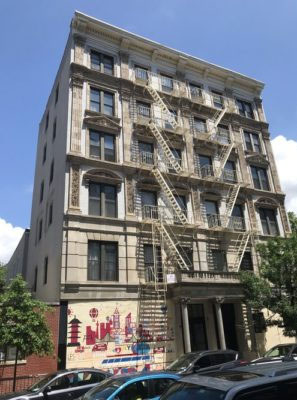


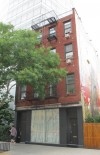

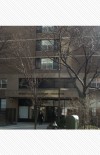
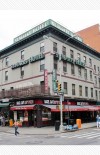
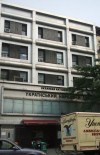
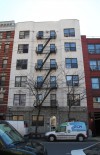
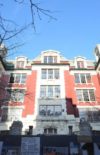
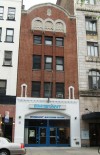
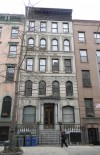
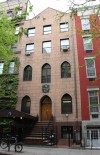
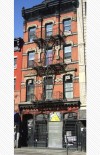
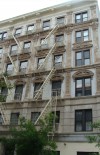
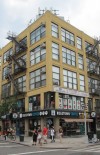
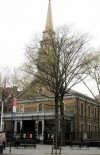
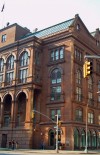
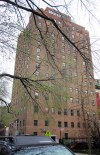

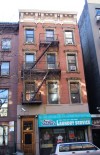




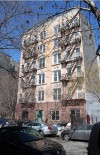
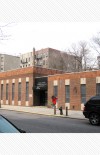

Please share your own stories or photos here!